How can we tell if our eggplant is bad and spoiled inside or outside? Let’s find out.
Eggplant is a popular vegetable in the nightshade family. It derives from Eastern Indian species of nightshade traditionally used as a staple vegetable crop in many parts of the world, such as Asia, Africa, and the Middle East.
Although generally well-received in cuisine worldwide, this valuable plant has its share of health concerns about eating eggplant. Eggplants are usually deep purple but may also be white or yellow, depending on the variety. In addition, the size can vary dramatically, anywhere from a large raspberry to that of orange bell pepper.
When selecting eggplants, you should look for plump, heavy size, and smooth and shiny skin. There should also be no wrinkling, soft spots, or cracks present.
How to tell if eggplant is bad? 5 Ways!

Here are 5 easily recognizable signs that will help you know if the eggplant is bad:
1) Fresh eggplant will not ripen after harvest
Eggplants are very particular about the weather conditions during growth. They require long days and warm nights to reach their ripening peak. Whether grown commercially or in your backyard, you will be able to tell that eggplants are just not ripe if they do not change color and soften after harvest.
2) Bruising on eggplants
Another common thing that may happen to eggplants is bruising during growth, handling, and/or shipping. The skin is tough but will bruise easily, leading to areas on the skin of the eggplant which appear black in color or mottled purple-brown.
3) Wrinkling on eggplants
The tender skin of an eggplant is one of the most popular qualities for use in cooking, but it certainly has its downfalls as well. If you are not careful with handling your eggplants, especially early on in their life cycle, they will often develop wrinkles or creases on the surface of their skin.
4) Wrinkling of skin is a common sign of decay in eggplants
If you notice wrinkling or creasing along with a sour smell, that is likely an indication that your eggplant has gone bad and should be discarded.
This is because as bacteria begin to eat away at the surface of the eggplant, it causes those black spots and wrinkles to appear as it continues to make their way into the flesh of the fruit.
5) Your eggplants should be firm and heavy for their size
These two factors are good indicators that your eggplants were picked at the optimal time when they are young and contain more moisture. Conversely, if your eggplants are too ripe, they will be soft and heavier than normal.
When in doubt, you can always trust that an eggplant that is any color other than its usual deep purple or nearly black hue is likely bad and should be discarded.
That is because the plant leaves behind a chemical called solanine which changes the color of the skin to green, yellow or white when it is unripe.
Spoiled eggplant gone bad inside: How do I know?
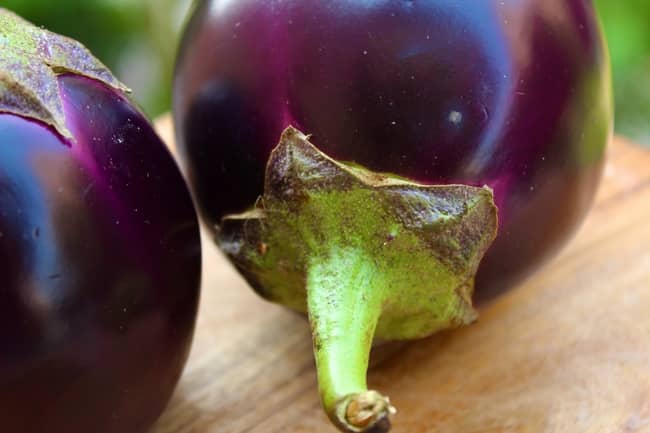
The smell is always a good indicator of whether or not something has gone bad. For example, if your eggplants are beginning to spoil, you will be able to detect them by their odor. If the fruit smells sour, this is an indication that it has begun to go bad.
What does bad eggplant look like?
1. Eggplant has gone bad and brown spots on the skin
If you open up your eggplants and find brown spots in the flesh of this fruit, it is likely that bacteria has begun to develop and should be discarded. Likewise, if the fruit smells sour, it indicates that it has begun to go bad.
2. Eggplants change color to green, yellow or white when unripe
The plant leaves behind a chemical called solanine which changes the color of the skin to green, yellow or white when it is unripe.
3. Soft spots or cracks present on eggplant
Eggplants are very particular about the heat and humidity where they are grown, so even a slight change in either of those factors can cause them to stop growing.
In short, if your eggplants have just stopped growing as quickly as you would expect from plants that have been harvested at the same time from the same place, it may be an indication that something is wrong with them.
4. Brown and soft spots on the skin of eggplants
The skin of eggplants is where most of their nutrient content can be found, and it also contains a phytonutrient that has been found to promote heart health and increase iron absorption.
Still, this same quality makes them very susceptible to bruising.
5. Wrinkles on the skin of eggplants indicate that they are spoiled
As bacteria begin to eat away at the surface of the eggplant, it causes those black spots and wrinkles to appear as it continues to make its way into the fruit’s flesh. If you notice wrinkling or creasing along with any other signs of spoilage, you should discard the fruit.
How can I store eggplant?
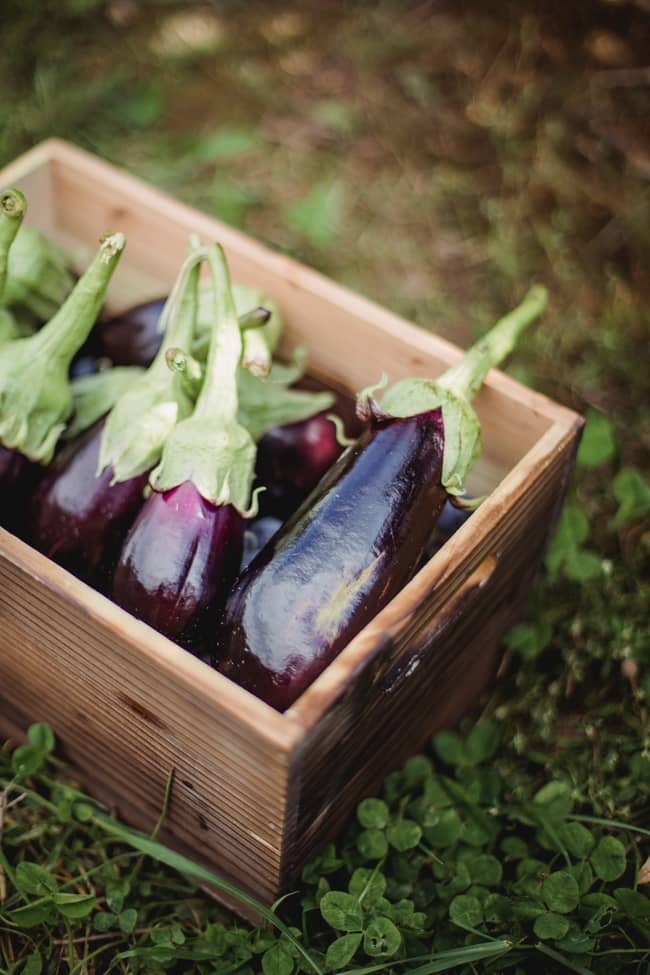
1. Dry eggplants in a warm place
After that point, you should begin to check your eggplants for signs of decay. Although brown spots on the skin of eggplant can sometimes just be dry areas where wrinkles have developed over time, these brown spots are most commonly caused by bruising.
If you open up your eggplant and find brown spots in the flesh of this fruit, it is likely that bacteria has begun to develop and should be discarded.
2. Keep eggplants in the refrigerator
If your eggplants are beginning to spoil, you will be able to detect them by their odor. If the fruit smells sour, this is an indication that it has begun to go bad.
3. Keep eggplants in the dark and cool places
Eggplants can go bad quickly once harvested, but if stored properly in a cool, dry place, the shelf life will be extended for several weeks. After that point, you should begin to check your eggplants for signs of decay.
Although brown spots on the skin of eggplant can sometimes just be dry areas where wrinkles have developed over time, these brown spots are most commonly caused by bruising.
If you open up your eggplant and find brown spots in the flesh of this fruit, it is likely that bacteria has begun to develop and should be discarded.
4. Wrap eggplants in paper and store them in the refrigerator
You should begin to check your eggplants for signs of decay after a few days if you choose to store them in the refrigerator.
Although brown spots on the skin of eggplant can sometimes just be dry areas where wrinkles have developed over time, these brown spots are most commonly caused by bruising.
If you open up your eggplant and find brown spots in the flesh of this fruit, it is likely that bacteria has begun to develop and should be discarded.
5. Keep eggplants in the freezer for later use
If you do notice brown spots on the skin of your eggplant, sometimes it is possible to remove them by scrubbing gently with a brush under running water. However, be sure to use cold water to don’t encourage bacterial growth, which could cause further spoilage.
Eggplants are sensitive to the conditions under which they grow, so even a slight change in either of those factors can cause them to stop growing.
In short, if your eggplants have just stopped growing as quickly as you would expect from plants that have been harvested at the same time from the same place.
Do you know the eggplant nutrition chart?
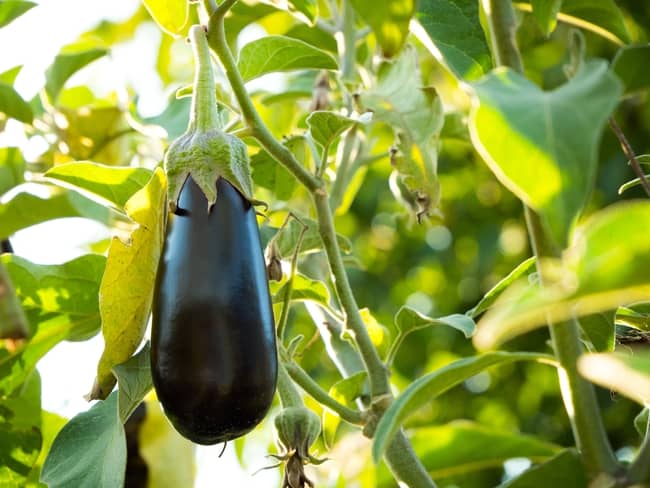
Eggplant is a versatile vegetable with many uses. The most common way to eat an eggplant is a raw salad, but they are also commonly used in cooking. This nutritious vegetable can have extremely beneficial effects on your health if consumed regularly, including lowering blood sugar levels.
The eggplant nutrition chart is as follows:
- Calories 51 (21% DV)
- Total Fat 0.3g (0% DV)
- Cholesterol 0mg (0% DV) – Sodium 3mg (0% DV)
One of the most popular types of eggplants is the Black Beauty. This eggplant can grow up to sixteen inches long and is commonly used for making caponata, a Sicilian dish. This vegetable has many uses in the kitchen, including sauteing with other vegetables or meat, grilling, deep-frying, and pickling.
Final Words
Eggplants are one of the oldest vegetables known. They grow well in very warm weather and can be eaten fresh or cooked into many different dishes.
Although eggplants will eventually go bad if they are not stored properly, they usually last longer than most fruits if kept out of direct sunlight and at room temperature.
Eggplants are an excellent source of vitamins, good for your health. If you can keep eggplant in a cool and dark place, it will last longer. You should eat more eggplants if you want to decrease your blood sugar level or prevent cancer.
So, how can you store eggplant? I hope this article has cleared all questions and will help you to prolong the shelf life of eggplants.
Do you already know how to tell if your eggplant is bad inside or outside or even spoiled? Please, feel free to leave your opinion in the comments below!
Interesting articles:


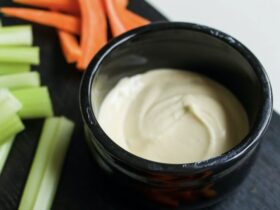

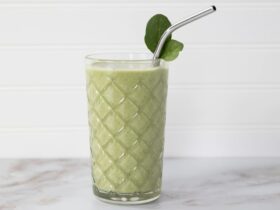
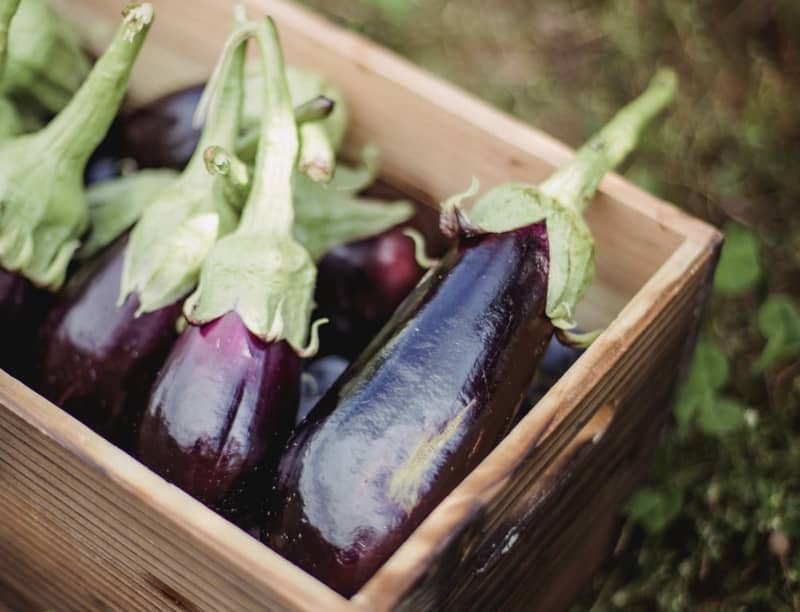

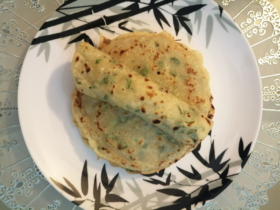




How long can I leave a peeled and sliced eggplant in the refrigerator?